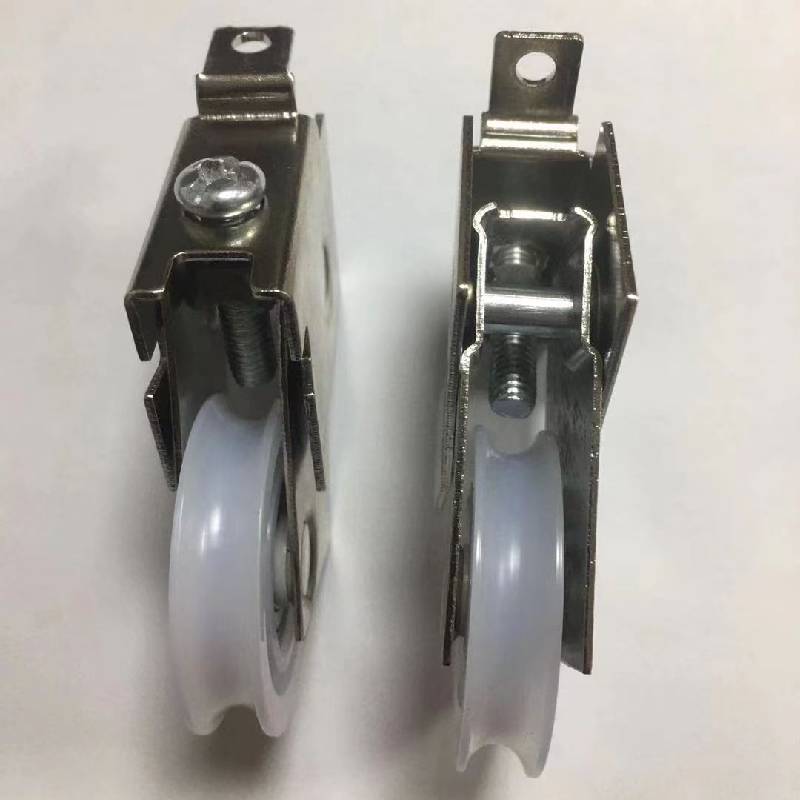The Process of Producing Wrought Iron Explained in Simple Steps
The Production of Wrought Iron A Historical and Technical Overview
Wrought iron, known for its malleability, ductility, and resistance to corrosion, has played a crucial role in construction, manufacturing, and various artisanal products throughout history. Today, the production of wrought iron has largely been supplanted by steel and other alloys; however, understanding its historical methods not only illuminates traditional metallurgical practices but also enhances our appreciation for this enduring material.
Historical Context
The use of wrought iron dates back to ancient times, with its production techniques evolving significantly throughout various civilizations. The earliest known production methods can be traced to the Hittites around 1500 BC, who inadvertently discovered the process while smelting iron ore in furnaces. This resulted in the formation of a spongy mass of iron, known as bloom iron, which would be hammered into shape to create tools and weapons.
The traditional methods of producing wrought iron mainly involved three processes smelting, forging, and refining. Each of these processes contributed to establishing the unique properties of wrought iron—most uniquely, its fibrous structure that provides exceptional tensile strength.
The Smelting Process
The first stage in wrought iron production is smelting, wherein iron ore is extracted and heated in a furnace. Historically, bloomery furnaces were used for this purpose. A bloomery furnace typically consists of a shaft that reaches high temperatures, aided by the introduction of charcoal as a fuel source and reducing agent. The chemical reactions that occur during smelting reduce iron oxides in the ore to metallic iron and also result in the formation of slag—an impure byproduct comprising impurities from the ore and gangue.
When the furnace reaches approximately 1200 degrees Celsius, the result is not molten iron but a solid mass called bloom. The bloom contains a mixture of iron and non-metallic impurities, which need to be removed in subsequent processes.
Forging Shaping the Iron
how is wrought iron produced

Once the bloom is produced, the next step is forging. In this phase, the bloom is taken out of the furnace while still hot and hammered to reshape it, breaking apart the slag inclusions and pushing them out. This mechanical working aligns the ferrite crystals, enhancing the metal's strength and ductility. Traditional blacksmiths employed hammers, anvils, and other tools to manipulate the iron into various shapes, from simple tools to complex decorative items. The forging process remains one of the hallmarks of wrought iron, contributing to its characteristic fibrous structure.
Refining Enhancing Quality
After forging, the wrought iron may undergo additional refining techniques. Early producers often used methods like repeated heating and hammering to further purify the metal, increase its density, and improve its overall integrity. Heat treatments could also be employed to manipulate the iron’s microstructure, providing a balance of hardness and malleability.
The refining process also included the addition of trace elements, which could enhance specific properties of the wrought iron. For instance, carbon can be introduced in controlled amounts to produce different grades of wrought iron, thereby tailoring the final product to meet specific needs.
Modern Production Techniques
In the modern era, while traditional methods of wrought iron production are not widely used, the principles behind them have influenced contemporary metallurgy. Modern wrought iron is often produced using more advanced techniques, such as electric arc furnaces or induction furnaces, that allow for cleaner processes and more precise control over the material’s composition.
Additionally, wrought iron continues to be manufactured in small quantities for specific applications, like ornamental work, architectural features, and custom ironwork, where its aesthetic appeal and historical significance are valued.
Conclusion
Despite being largely overshadowed by steel in industrial applications, wrought iron remains a symbol of craftsmanship and durability. The processes of smelting, forging, and refining have not only shaped the history of metallurgy but have also highlighted the human skill and ingenuity involved in metalworking. Understanding how wrought iron is produced enhances our appreciation for this remarkable material and its contributions to both art and function across centuries.
-
Wrought Iron Components: Timeless Elegance and Structural StrengthNewsJul.28,2025
-
Window Hardware Essentials: Rollers, Handles, and Locking SolutionsNewsJul.28,2025
-
Small Agricultural Processing Machines: Corn Threshers, Cassava Chippers, Grain Peelers & Chaff CuttersNewsJul.28,2025
-
Sliding Rollers: Smooth, Silent, and Built to LastNewsJul.28,2025
-
Cast Iron Stoves: Timeless Heating with Modern EfficiencyNewsJul.28,2025
-
Cast Iron Pipe and Fitting: Durable, Fire-Resistant Solutions for Plumbing and DrainageNewsJul.28,2025
-
 Wrought Iron Components: Timeless Elegance and Structural StrengthJul-28-2025Wrought Iron Components: Timeless Elegance and Structural Strength
Wrought Iron Components: Timeless Elegance and Structural StrengthJul-28-2025Wrought Iron Components: Timeless Elegance and Structural Strength -
 Window Hardware Essentials: Rollers, Handles, and Locking SolutionsJul-28-2025Window Hardware Essentials: Rollers, Handles, and Locking Solutions
Window Hardware Essentials: Rollers, Handles, and Locking SolutionsJul-28-2025Window Hardware Essentials: Rollers, Handles, and Locking Solutions -
 Small Agricultural Processing Machines: Corn Threshers, Cassava Chippers, Grain Peelers & Chaff CuttersJul-28-2025Small Agricultural Processing Machines: Corn Threshers, Cassava Chippers, Grain Peelers & Chaff Cutters
Small Agricultural Processing Machines: Corn Threshers, Cassava Chippers, Grain Peelers & Chaff CuttersJul-28-2025Small Agricultural Processing Machines: Corn Threshers, Cassava Chippers, Grain Peelers & Chaff Cutters












